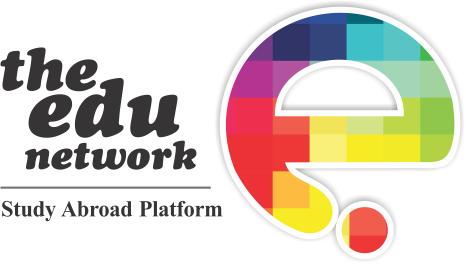All You Need To Know About E-Learning
Since the pandemic, a new way of learning has emerged that has modified the way in which learning is rendered to students. Contrary to the conventional chalkboard system, e-Learning has simplified the studying methods and easy to comprehend teaching styles.
Online education has acquired great fame amongst the working professionals and the students who are pursuing their higher education. Just like online streaming services have disrupted the entertainment industry, similarly, e-learning is observing an equivalent state. The extensivity of learning through this approach is that it provides an extensive catalog of standard courses by well-known course providers and a white label solution that puts the customer’s branding on the existing, ready-to-use content.
What is e-Learning?
Commonly called online learning, e-learning is a means of acquiring knowledge by the virtue of modern electronic technologies and media channels. This electronically enabled learning is not just limited to one platform, but thousands of “how-to” videos on YouTube and numerous e-learning platforms that provide complete study programs and digital masterclasses.
This new method of virtual learning is the first search option of today’s generation, thus, signifying its importance in the world of education. With the efficiency of sharing information through e-books, CDs, and webinars, learning online makes giving and receiving simpler, prolific, and productive.
Types of e-Learning
Broadly, e-learning is classified into two categories:
Asynchronous e-learning: this is the self-paced technique that allows the learners to take the course on their own with the help of pre-recorded lecture videos, quizzes, simulations, and other interactive mediums.
Synchronous e-learning: this, on the other hand, is the live-online training method, which is instructor-led and the students learn at the same time as it is taught. Using technological advancements like web conferencing and virtual classroom platforms, allows students to reach their learning objectives collectively.
Glossary of e-Learning terms
When you start learning online, a lot of new words associated with it come into play. A brief understanding of each is required before starting your e-learning journey. Therefore, we have listed out some of the meanings of the most common terms that you will see a lot.
- Hybrid learning - this is a combination of face-to-face instructor-led classrooms, online modules and videos, self-study, and on-the-job training.
- Online learning - often called as Computer-Based Training (CBT) or Web-Based Training (WBT) refers to the study modules that are delivered online.
- Interactive eLearning - this is a dynamic engagement method of teaching that helps students to think critically, and have skills like problem-solving and memory retention.
- Microlearning - in this mode of teaching, the training sessions are delivered in short bursts over time.
- Simulations - these are the training that has role-plays in them in order to enhance learners’ experience and memory through virtual activities and scripts.
- Webinars - these are live or recorded seminars, presentations, or workshops conducted over the internet.
The most important benefits of e-Learning for students
By and large, e-learning provides you with a variant of information open at comfort and imparted to a huge number of students around the world. When contrasted with web-based learning, the customary instruction framework is costly and tedious with varied results. Then again, e-learning is a speedy industry offering a medley of choices to its students, including an advanced, innovative way to deal with educating and routinely updated course content.
Advantages of e-Learning
Active and independent learning being the topmost favorable perks of online learning, it is indeed an efficient approach to delivering courses and other class material that is available anywhere anytime.
Some of the other main advantages are mentioned below:
- It accommodates your requirements
- Cost-effective
- Allows remote approach to numerous classes
- Accessibility to transfer credits and commuting
- Permits instant career advancement
- Faster lesson delivery
- Offers customization
- Completely utilizes analytics
The significance of e-learning is not difficult to recognize in web-based training for the staff in different ventures and industries. Moreover, staying aware of industry advancement is made simple with routinely refreshed content along with low expenses and the facility for the learners to study at their own speed, comfortably.












